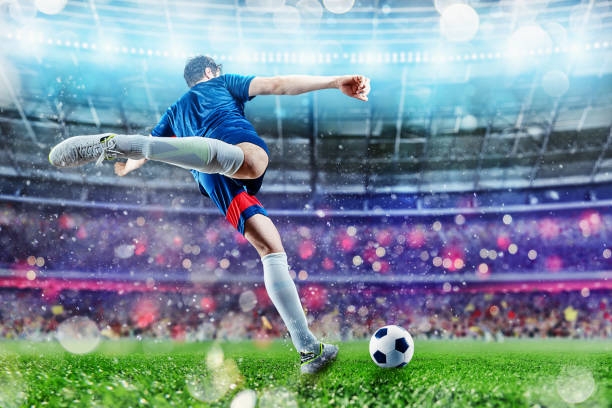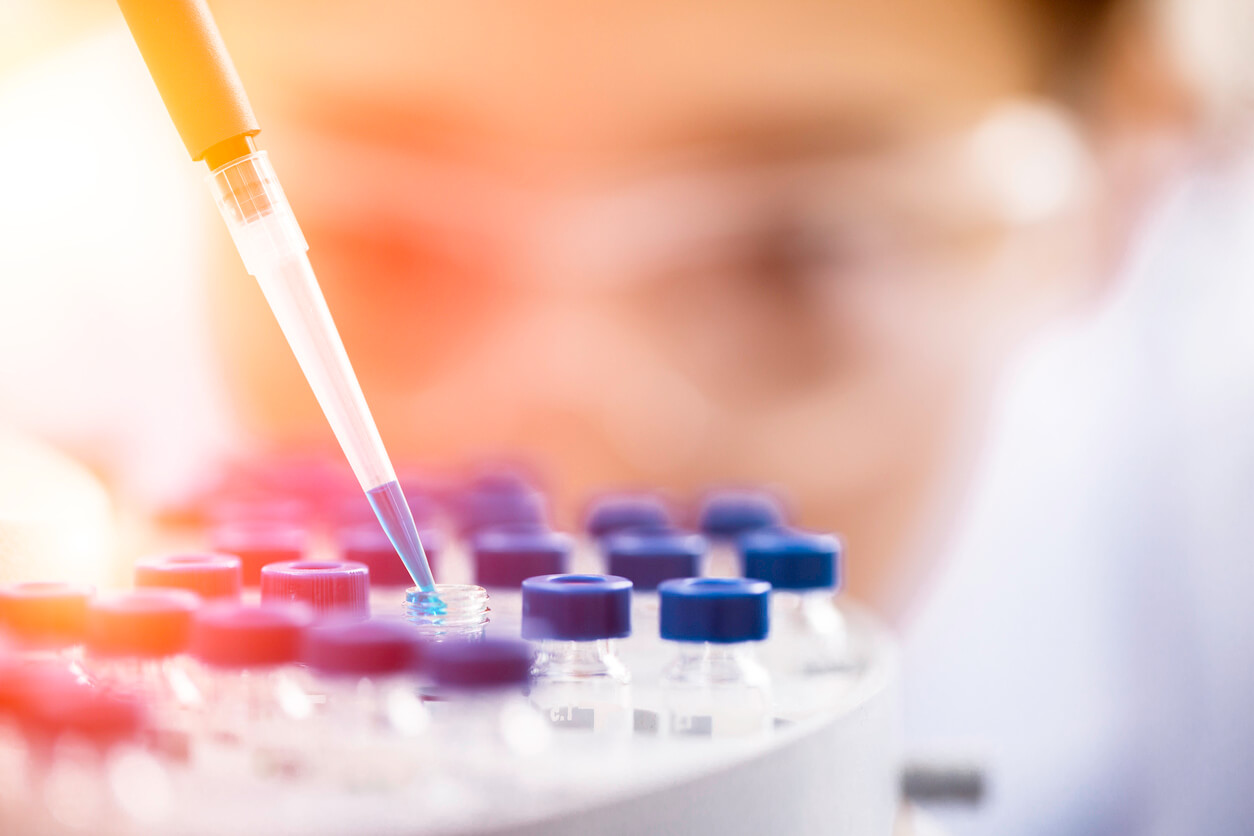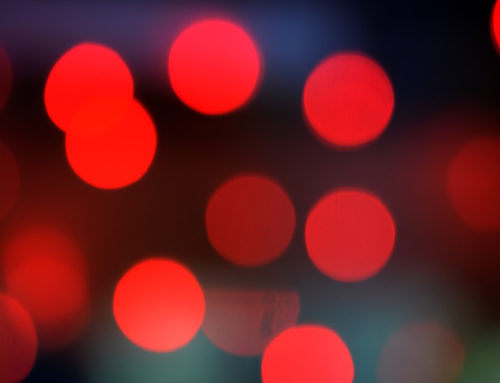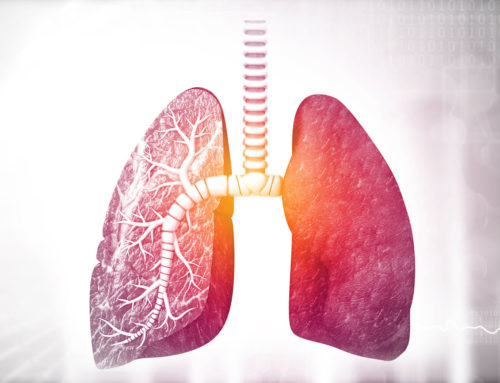
The effects of preexercise photobiomodulation therapy (PBMT) to enhance performance.
Shaiane Silva Tomazoni,1Caroline dos Santos Monteiro Machado,2,3Thiago De Marchi,4Heliodora Leão Casalechi,2Jan Magnus Bjordal,1Paulo de Tarso Camillo de Carvalho,3 and Ernesto Cesar Pinto Leal-Junior2,3
This trial is registered with Clinicaltrials.gov NCT03803956.
Academic Editor: José R. Pinto
Received20 Feb 2019Accepted09 Oct 2019Published16 Nov 2019
This study was posted by Oxidative Medicine and Cellular Longevity journal
Infrared Low-Level Laser Therapy (Photobiomodulation Therapy) before Intense Progressive Running Test of High-Level Soccer Players: Effects on Functional, Muscle Damage, Inflammatory, and Oxidative Stress Markers—A Randomized Controlled Trial
The aim of this study was to evaluate the effects of PBMT (using infrared low-level laser therapy) applied before a progressive running test on functional aspects, muscle damage, and inflammatory and oxidative stress markers in high-level soccer players. A randomized, triple-blind, placebo-controlled crossover trial was performed.
Abstract
Twenty-two high-level male soccer players from the same team were recruited and treated with active PBMT and placebo. The order of interventions was randomized. Immediately after the application of active PBMT or placebo, the volunteers performed a standardized high-intensity progressive running test (ergospirometry test) until exhaustion. We analyzed rates of oxygen uptake (VO2 max), time until exhaustion, and aerobic and anaerobic threshold during the intense progressive running test. Creatine kinase (CK) and lactate dehydrogenase (LDH) activities, levels of interleukin-1β (IL-1-β), interleukin-6 (IL-6), and tumor necrosis factor alpha (TNF-α), levels of thiobarbituric acid (TBARS) and carbonylated proteins, and catalase (CAT) and superoxide dismutase (SOD) activities were measured before and five minutes after the end of the test. PBMT increased the VO2 max (both relative and absolute values— and , respectively), time until exhaustion (), time () and volume () in which anaerobic threshold happened, and volume in which aerobic threshold happened (). Moreover, PBMT decreased CK () and LDH () activities. Regarding the cytokines, PBMT decreased only IL-6 (). Finally, PBMT decreased TBARS () and carbonylated protein levels () and increased SOD ()and CAT () activities. The findings of this study demonstrate that preexercise PBMT acts on different functional aspects and biochemical markers. Moreover, preexercise PBMT seems to play an important antioxidant effect, decreasing exercise-induced oxidative stress and consequently enhancing athletic performance and improving postexercise recovery.
1. Introduction
In soccer, as well as in other high-level sport activities, players experience acute muscle fatigue in the hours or even days following a single match [1, 2]. Since the number of competitive matches per season is very high (up to 65 to 76 matches per season) and the time to recovery between two successive matches may be insufficient (around 72 to 96 hours), players may experience also chronic fatigue [1–3]. The development of muscle fatigue is a complex and multifaceted process that may be associated with muscular oxidative stress [4] caused by increased reactive oxygen species (ROS) production after strenuous exercise [5, 6]. The process of fatigue leads to a decline in physical performance and injury in some cases [1–3]; therefore, it is indispensable that athlete recovery be as fast and effective as possible [7].
A recovery strategy involves the implementation of a single technique or a combination of techniques in order to enhance and accelerate recovery after matches and to best prepare the athlete for the next match, besides potentially reducing the risk of injuries [7, 8]. Among them, the most widely used are nutritional strategies [9–12], active recovery [13, 14], cold water immersion [15, 16], compression garments [17], and massage [18]. However, the evidence about the effectiveness of some of these strategies to recovery is still conflicting [17–19].
Some ergogenic agents associated with recovery strategies may be used for enhanced performance in high-level sports activities [20]. Supplements such as creatine are widely used for this purpose [21]. Currently, increasing evidence has demonstrated the potential of photobiomodulation therapy (PBMT) as an ergogenic agent, since it is able to enhance athletic performance, as well as improve postexercise recovery [22–29].
PBMT is a nonthermal therapy that uses nonionizing light sources, such as lasers, light-emitting diodes (LEDs), and broadband light from the visible to the infrared spectrum, to interact with chromophores and trigger photochemical and photophysical reactions in different tissues [30]. Studies have demonstrated the positive effects of PBMT in improving biomarkers related to muscle damage [31], modulating inflammation [32, 33], and decreasing oxidative stress [33, 34]. Moreover, it has been shown that PBMT is able to increase the number of repetitions, time until exhaustion, and peak torque (strength) if applied before an exercise session [31]. Despite the existence of data reporting neutral effects of PBMT on athletic performance, this absence of benefit is often related to the lack of adherence to the optimal or optimized parameters and/or to the clinical and scientific recommendations to apply the therapy [30, 31]. Moreover, the current evidence points to beneficial effects of this therapy (for more details, read the clinical and scientific recommendations authored by Leal-Junior et al. [30] and the systematic review with meta-analysis authored by Vanin et al. [31]).
In recent years, there was an exponential increase of evidence about the use of PBMT for enhancing performance and also accelerating postexercise recovery. However, some aspects have not been fully and/or well established so far. There are still few studies that have been performed in order to investigate the effects of PBMT as an ergogenic agent in high-level athletes [7, 32, 33, 35–37], and studies on the effects of PBMT on aspects related to aerobic endurance, for instance, are even more scarce [36]. In addition, although some studies have investigated the effects of preexercise PBMT on oxidative stress [33–35], the evidence remains conflicting, and the role of the therapy as redox intervention to enhance performance and postexercise recovery is still not well understood.
To the best of our knowledge, there are no studies evaluating the acute effects of PBMT on aerobic capacity, as well as on markers of muscle damage, inflammation, and oxidative stress of high-level soccer players. Moreover, differently to another previous study investigating the effects of infrared low-level laser therapy PBMT in a progressive running test in healthy untrained individuals [34], our study used an optimized dose [32] and optimized power output [33] previously tested in high-level soccer athletes.
Then, we hypothesized that preexercise PBMT, with optimized parameters, can increase aerobic capacity and decrease muscle damage and inflammation through decreased oxidative stress and increased antioxidant activity.
Therefore, we performed this study aiming to evaluate the effects of PBMT (using infrared low-level laser therapy) applied before a progressive running test on functional aspects, muscle damage, and inflammatory and oxidative stress markers in high-level soccer players.
2. Methods
2.1. Study Design and Ethics Statements
A randomized, triple-blind (evaluators, therapist, and volunteers), placebo-controlled crossover trial was performed at the Laboratory of Phototherapy and Innovative Technologies in Health (LaPIT), Nove de Julho University, São Paulo, Brazil. This trial received approval from the institutional Research Ethics Committee (Protocol No. 397774/2011), and the protocol has been prospectively registered on Clinicaltrials.gov (NCT03803956). There were no deviations from the registered protocol.
2.2. Characterization of Sample
Twenty-two high-level male soccer players from the same team were recruited. The sample size was calculated based on a previous trial conducted by our research group [34], in which the primary outcome (oxygen uptake relative to body mass—VO2 max relative), the PBMT device, and the standardized progressive running exercise protocol were the same employed in our study. The sample size was calculated considering a β of 20% and an α of 5%. The decision to recruit volunteers from the same team was made to enhance the homogeneity of the sample.
2.3. Inclusion Criteria
(i)High-level soccer players(ii)Age between 18 and 35 years(iii)Male gender(iv)Minimum of 80% participation in team practice sessions in the last two months(v)Agreement to participate through signed statement of informed consent
2.4. Exclusion Criteria
(i)History of musculoskeletal injury to hips, knees, or ankles in the previous 2 months(ii)Use of pharmacological agents for chronic injuries/diseases(iii)Smokers and alcoholics(iv)Occurrence of musculoskeletal injury during the study(v)Any change in practice routine in relation to the rest of the team during the study(vi)Any change in nutritional routine (including supplements intake) during the study
2.5. Randomization and Blinded Procedures
The order of intervention was randomized. We generated codes through a website (random.org) to ensure that 50% of the volunteers received the active intervention and 50% of the volunteers received the placebo intervention at the first stage, in order to counterbalance participants between the two interventions tested (active PBMT and placebo PBMT) during execution of the two stages. During the second stage, volunteers received the opposite treatment compared to their first stage. Randomization was performed by a participating researcher not involved with the recruitment or evaluation of volunteers. This same researcher was responsible for programming the PBMT device according to the result of the randomization and he/she was instructed not to disclose the programmed intervention to the therapist, the assessors, or any of the volunteers and other researchers involved in the study until its completion. The PBMT device used in the present study emitted the same sounds, regardless of the programmed mode (active or placebo PBMT), and the infrared light was not visible. Concealed allocation was achieved through the use of sequentially numbered, sealed, and opaque envelopes.
2.6. Interventions
The active PBMT and placebo PBMT were performed using the same device and the irradiated sites were the same in both therapies.
2.6.1. Photobiomodulation Therapy
A five-diode cluster laser device was used. The optical power was verified before irradiation in each volunteer using a Thorlabs thermal power meter (Model S322C; Thorlabs, Newton, NJ, USA). PBMT was applied using a dose of 10 J per diode (50 J per site) as previously optimized by Aver Vanin et al. [32], and with a power output of 100 mW also previously optimized by De Oliveira et al. [33]. The full description of PBMT parameters is provided in Table 1. PBMT was performed in direct contact with the skin at nine different sites of the knee extensor muscles (three medial, three lateral, and three central sites), six different sites of the knee flexor muscles (three medial and three lateral sites), and two different sites of the ankle plantar flexor muscles (one medial and one lateral site) of both lower limbs, and these sites were the same used in previous studies [7, 38, 39] (Figure 1). As the cluster had 5 diodes and 17 different sites were irradiated, a total of 85 points were irradiated in each lower limb, with a total of 850 J of energy delivered per lower limb (50 J per site). The use of a cluster probe was fundamental, considering the extensive irradiation area covered in the present study.
Featured Articles
Coronavirus Infections Are On The Rise In 21 U.S. States
Evidence That Blood Type Plays Role in COVID-19
Recent Posts
Related Articles

![Coronavirus Infections CAMBRIDGE, MA - JUNE 8: A woman and child use hand sanitizer at CambridgeSide in Cambridge, MA ... [+] BOSTON GLOBE VIA GETTY IMAGES](https://enlightenedventures.io/wp-content/uploads/2020/06/960x0.jpg)



